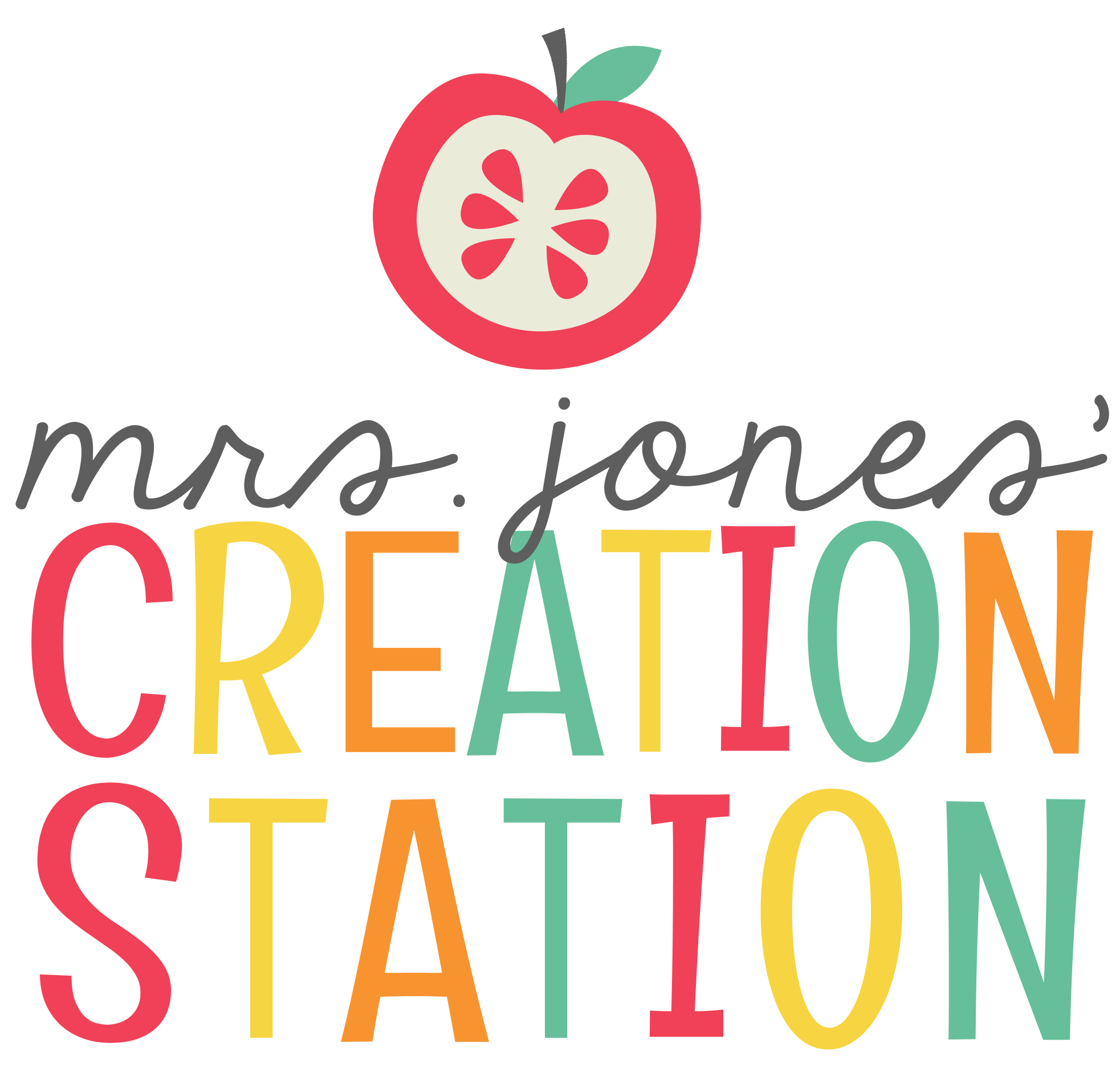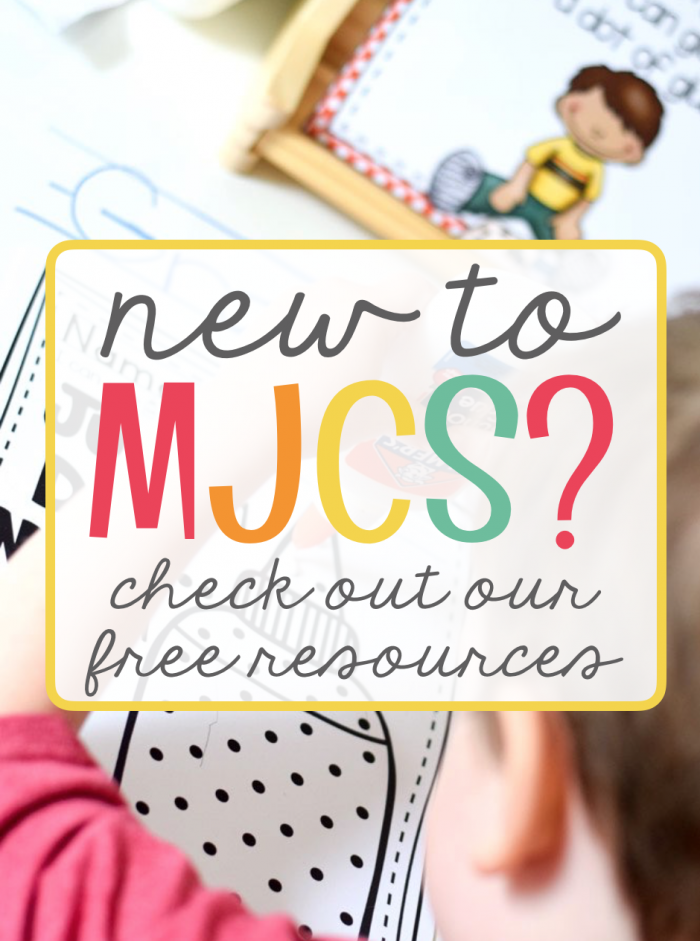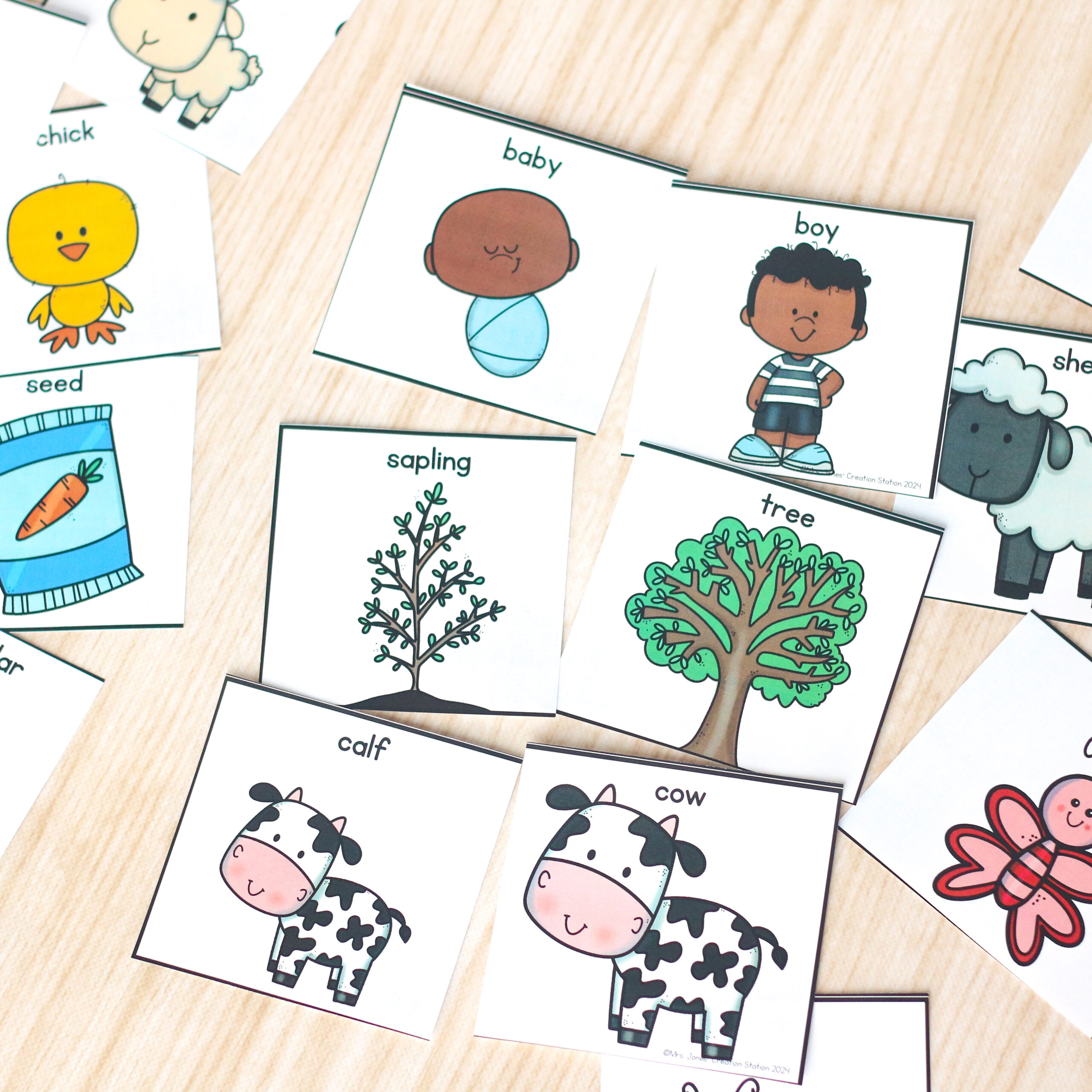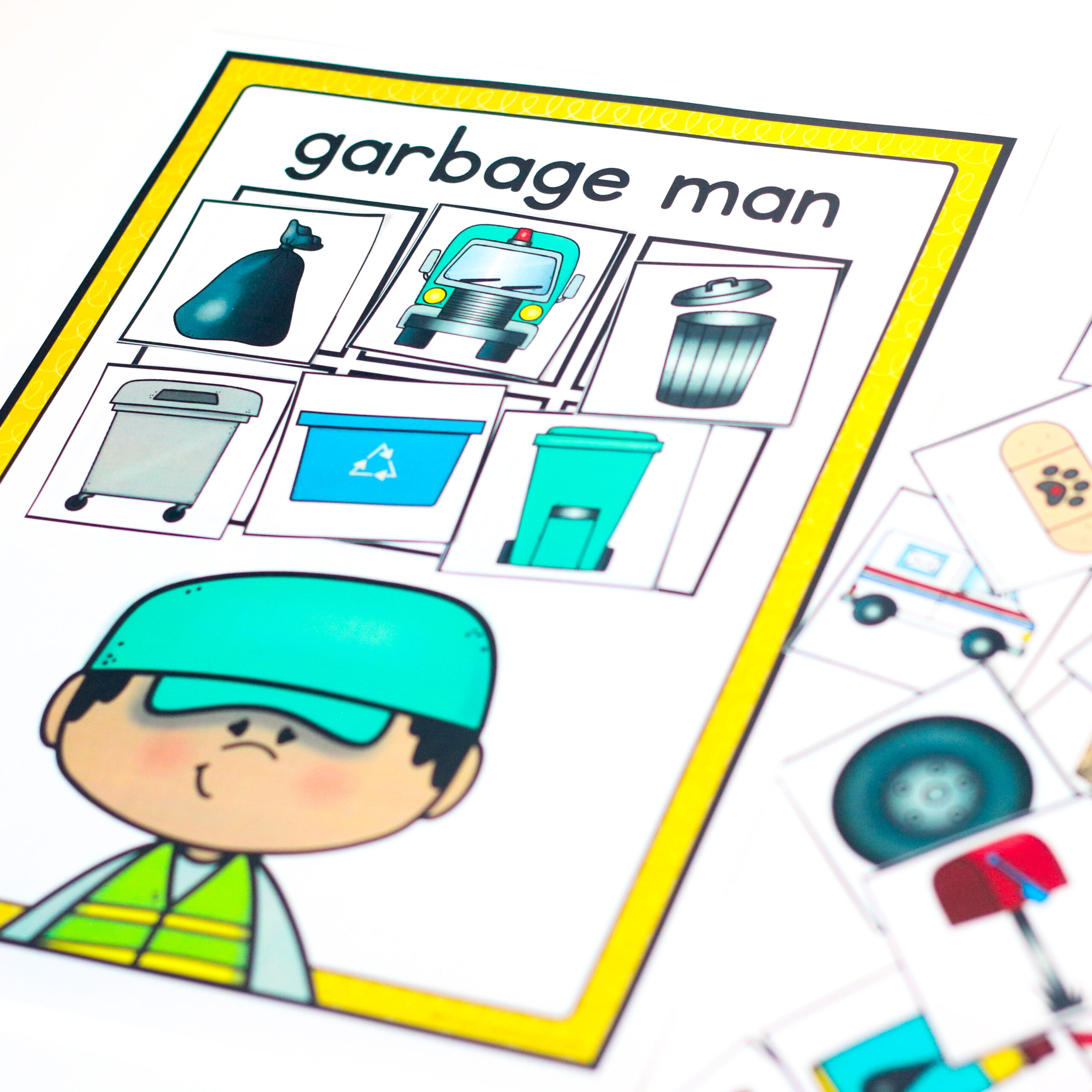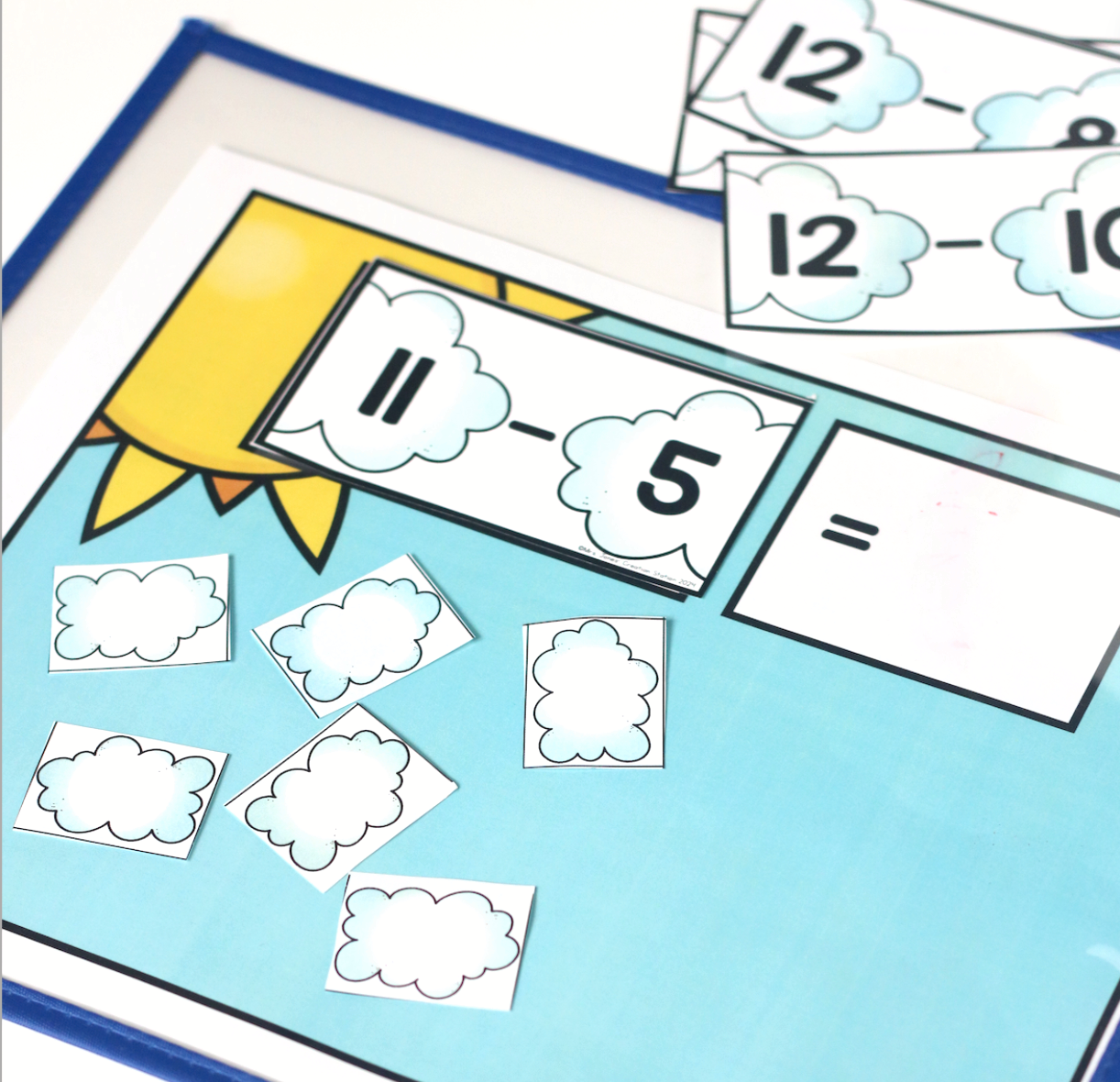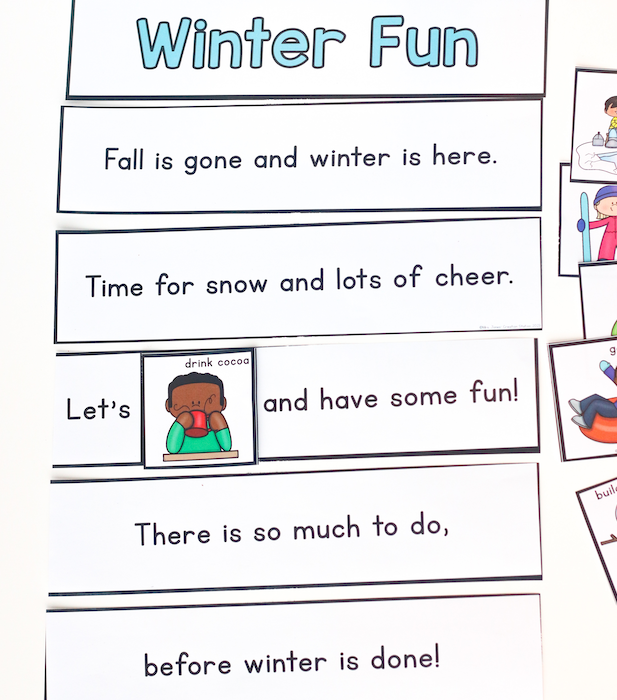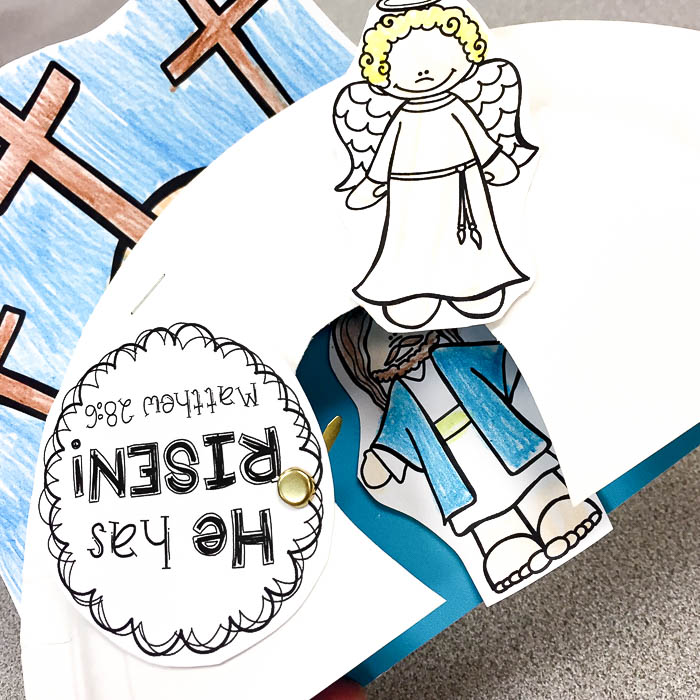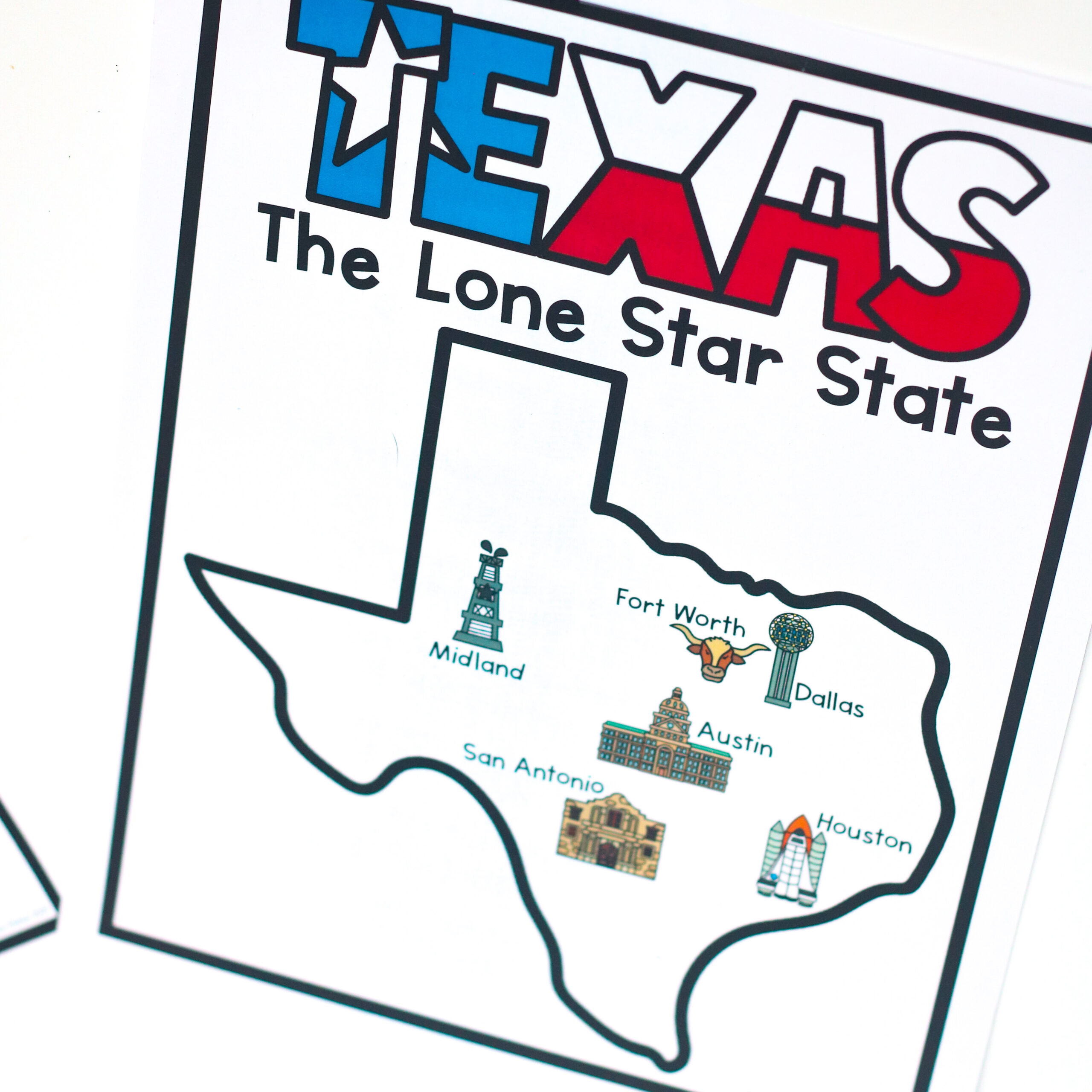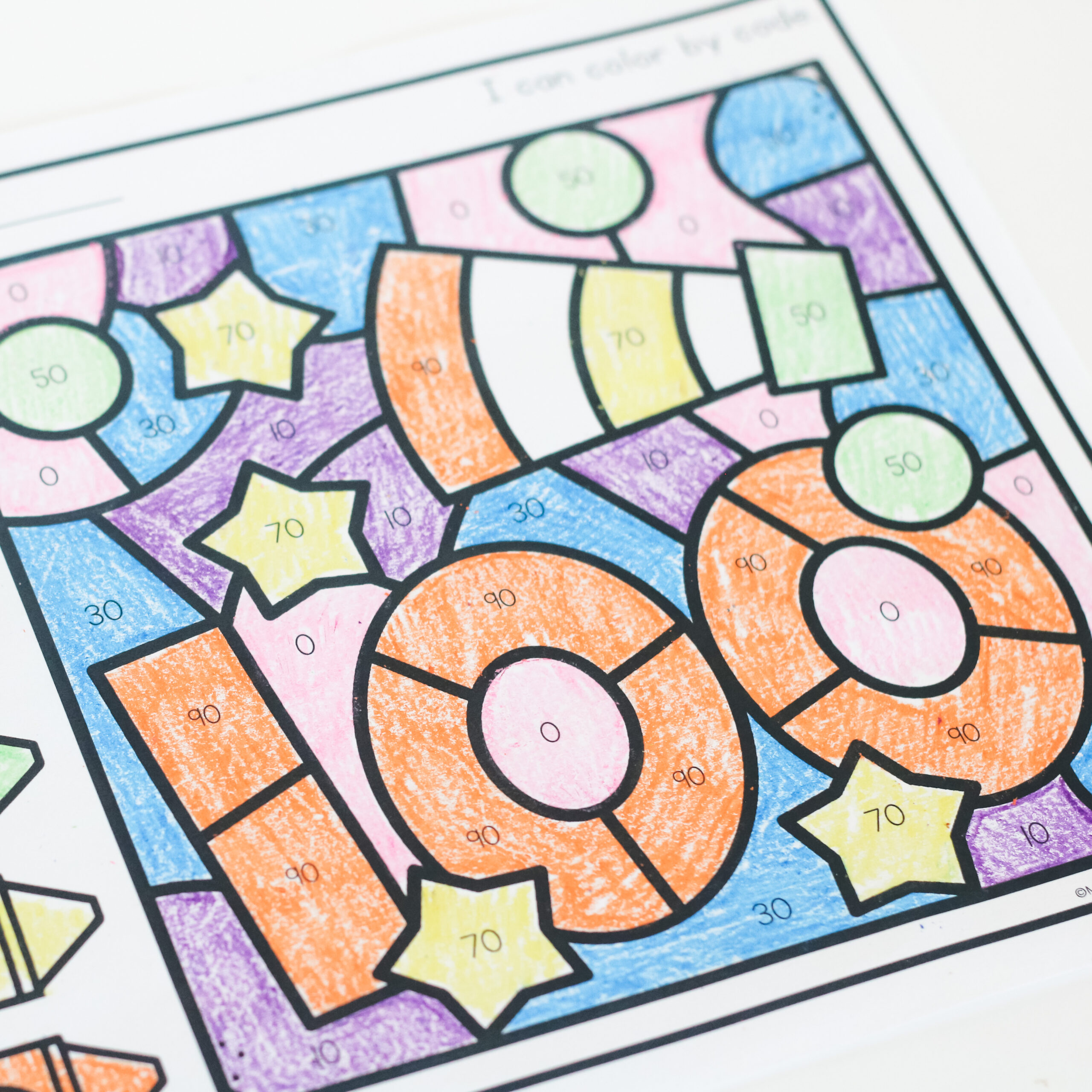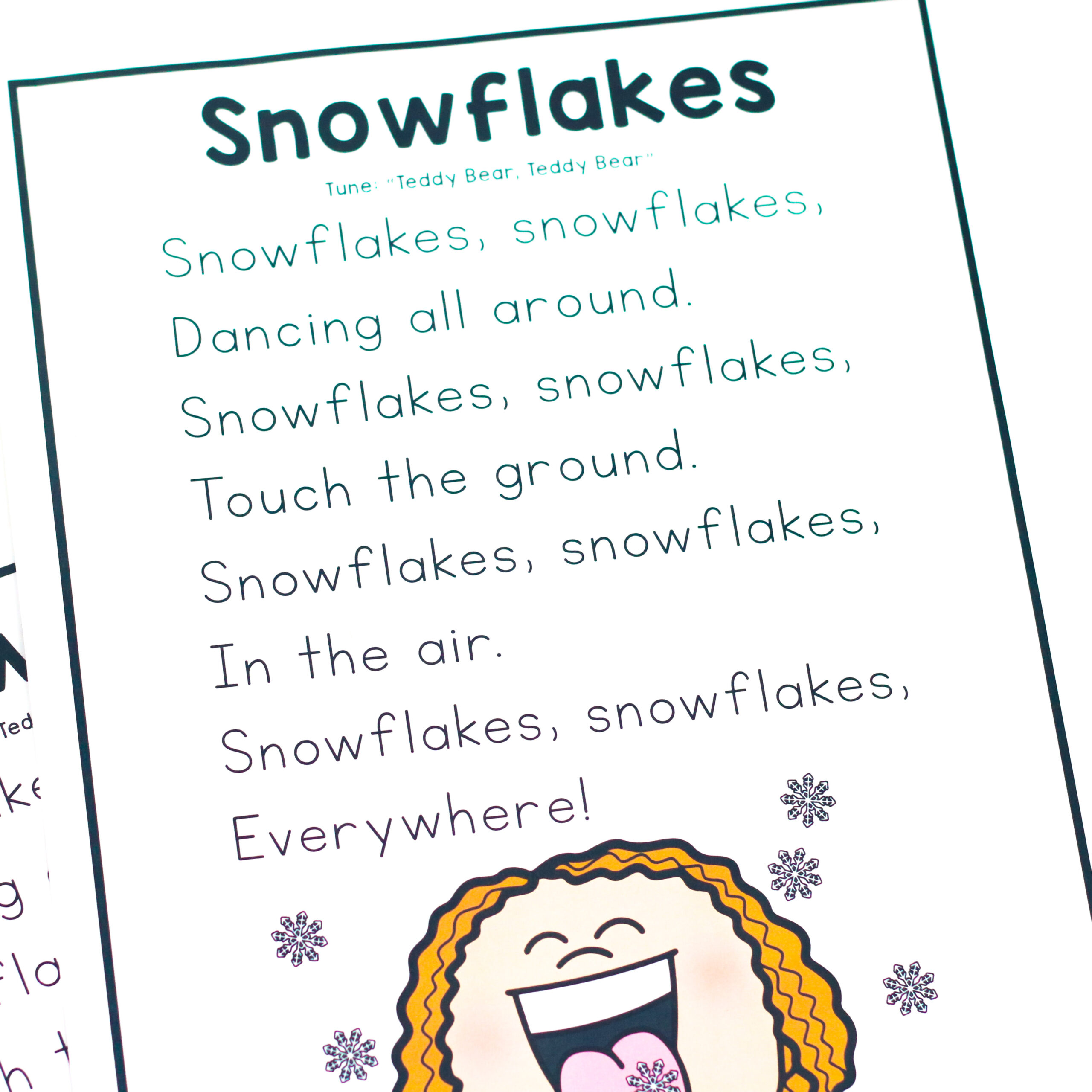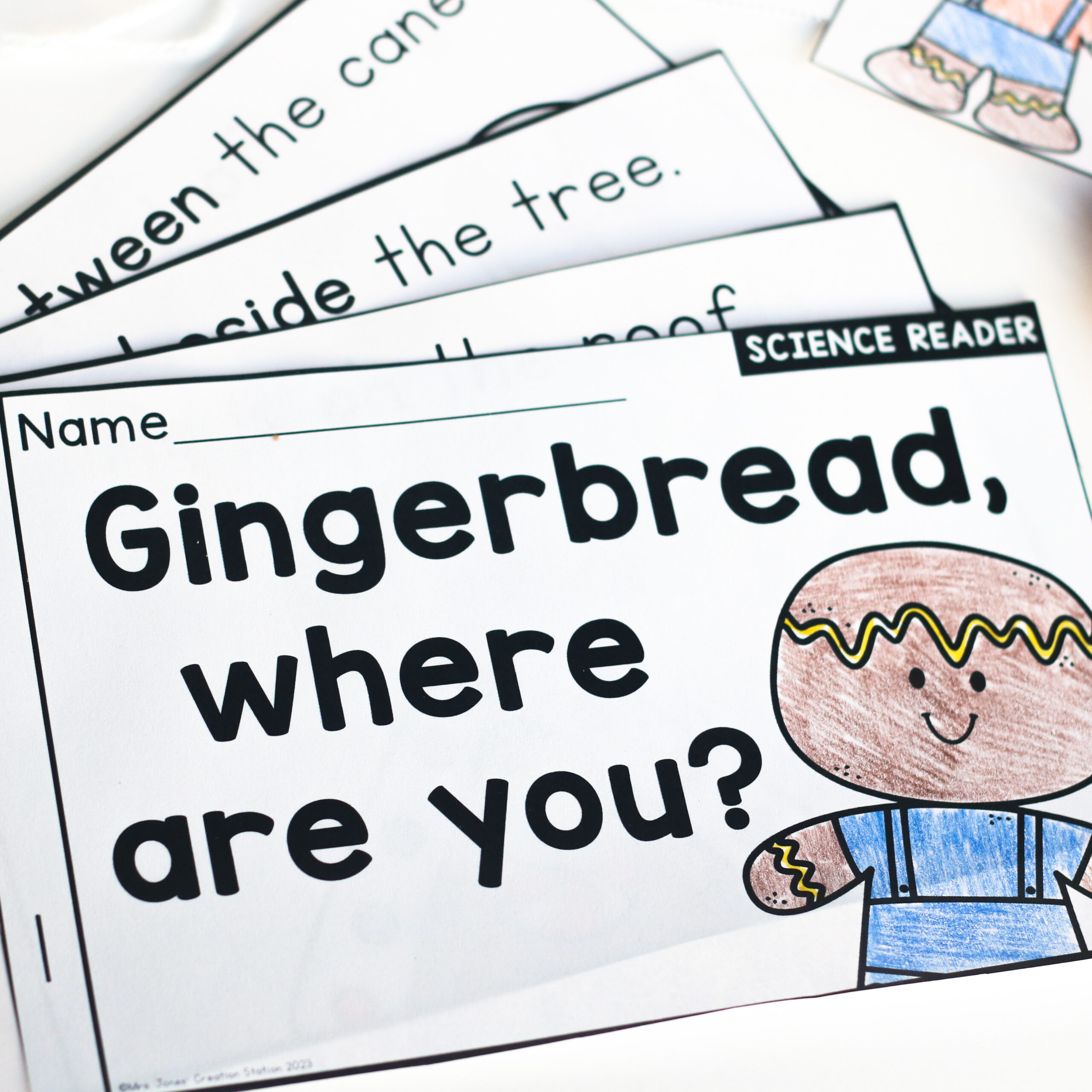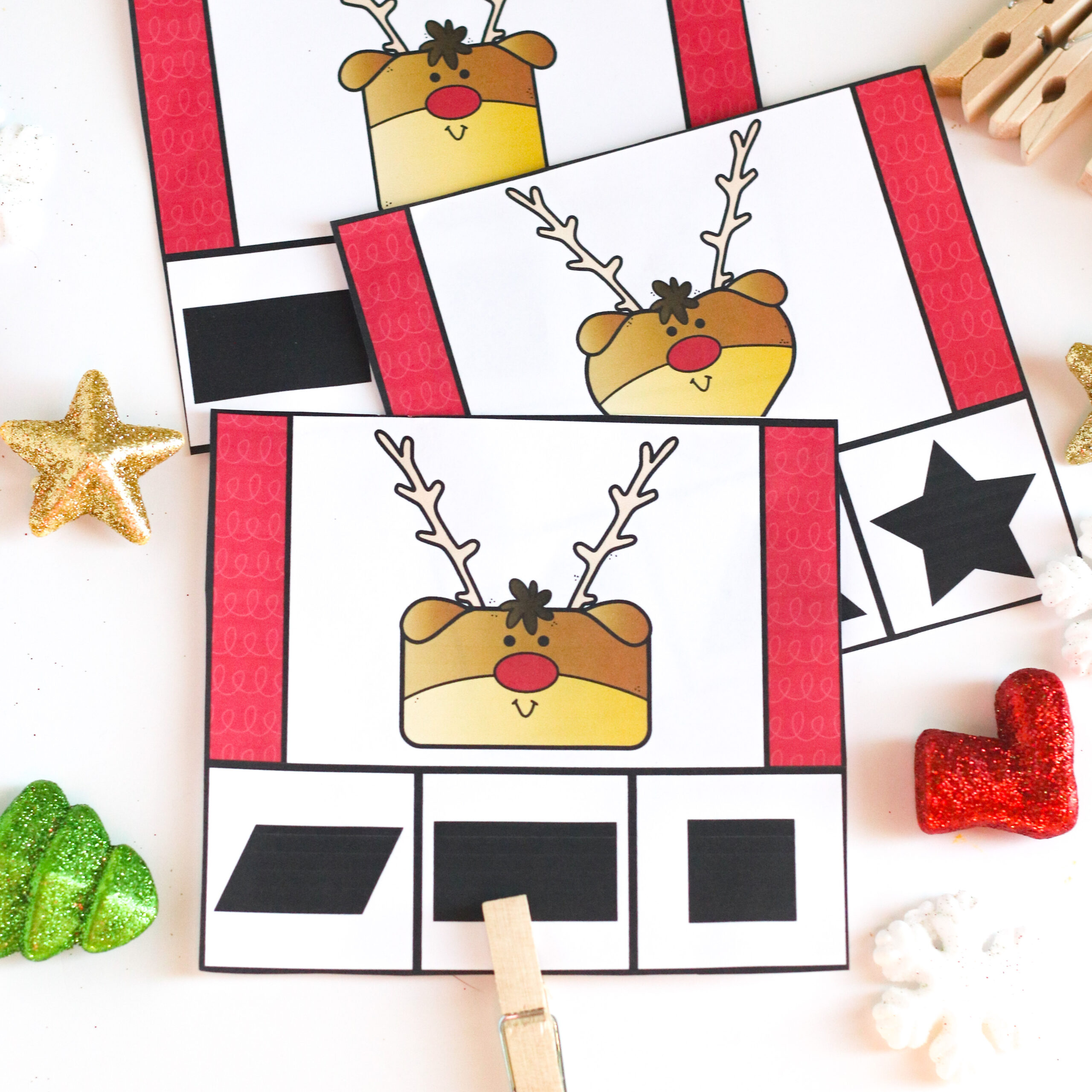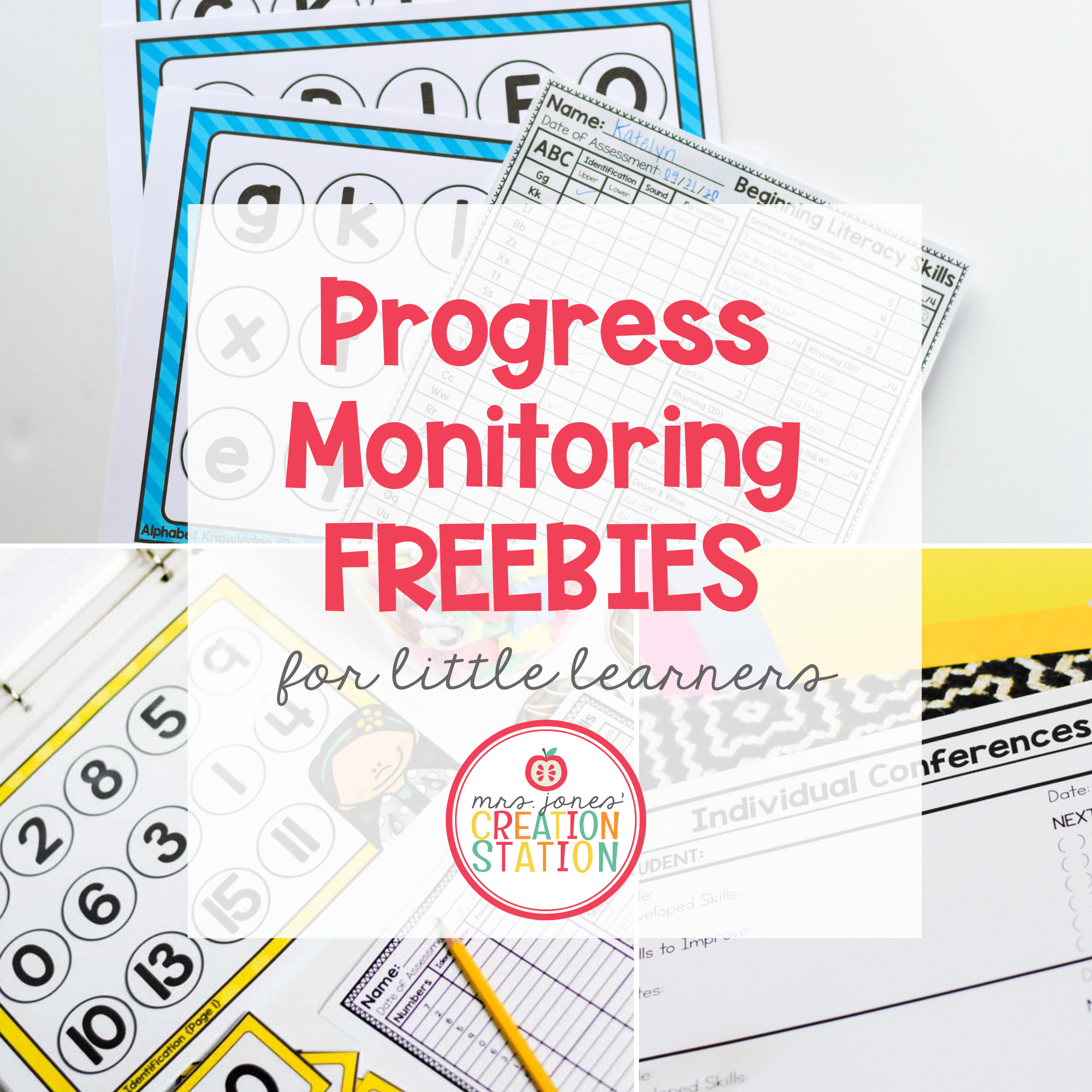I have always enjoyed teaching Native American Indians to my kindergarten and first-grade students. There is so much to explore and learn about the first Americans. And one week of study covers a wide variety of learning goals.
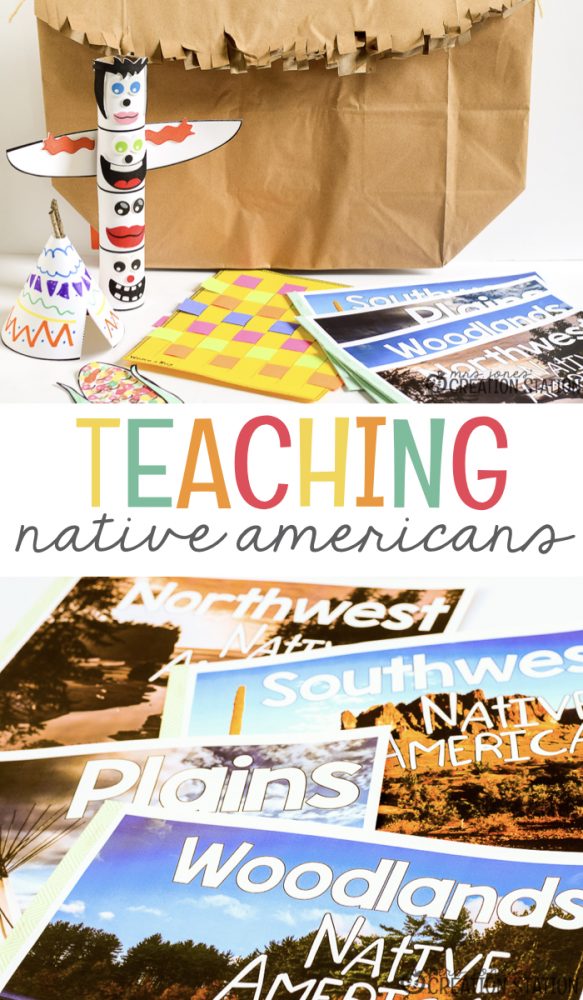
One year while planning a Native American unit of study my principal asked a colleague why we were teaching Native Americans. And to my surprise, she said she didn’t know. I immediately looked up our standards in Texas and pulled the Science and Social Studies TEKS that our unit would cover.
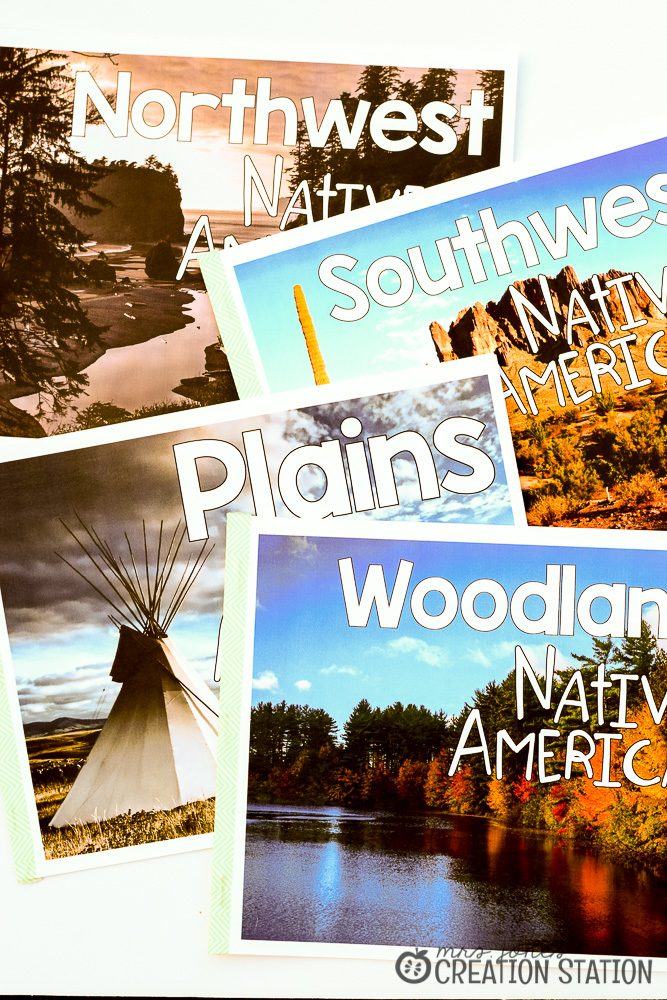
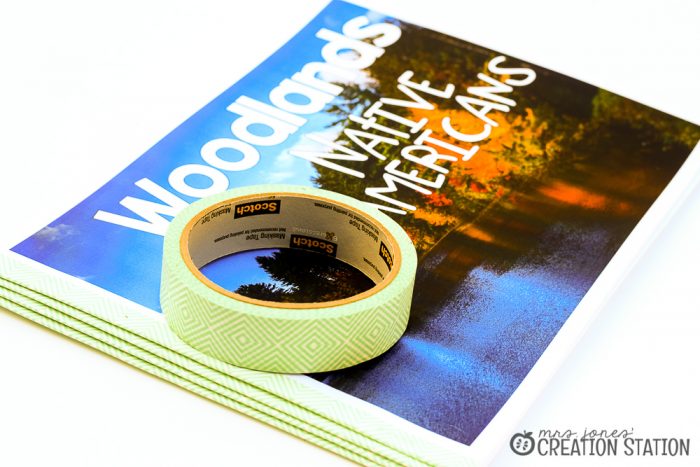
Basic Needs
The learners will examine evidence that living organisms have basic needs such as food, water, and shelter for animals.
Sure, we teach living and nonliving and how many animals and plants meet their needs in our world, but what about humans? We go to the grocery store, Target, and hire a contractor to build our house…but where does it all come from? Exploring how Native American Indians met their needs in OUR country before Target came around is discussed (and written about) a lot in this unit.
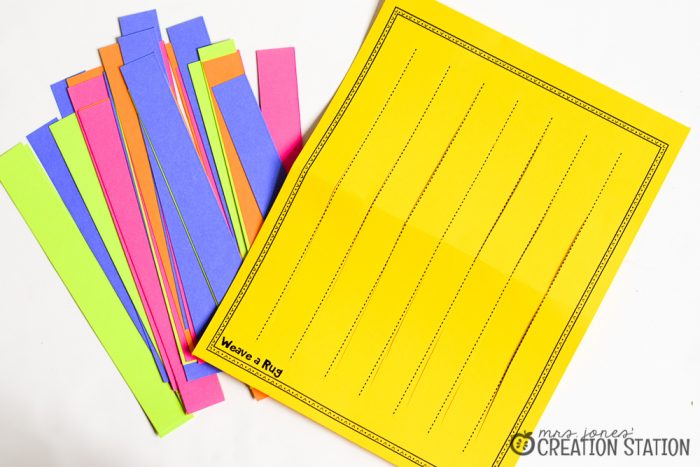
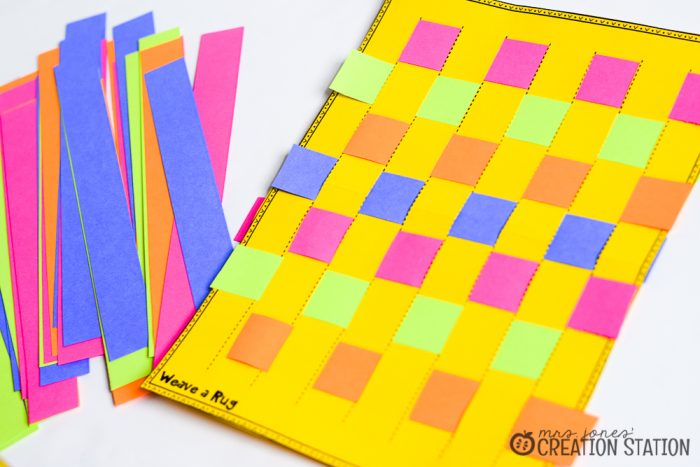
How We Use Maps
The learners will identify tools that aid in determining location, including maps and globes.
In some kindergarten and first grade classrooms, we don’t use maps or globes nearly enough. Teaching about different regions of tribes during a Native American unit allows you to not only use a map and refer to it throughout the unit. But to see how different the regions of our country is.
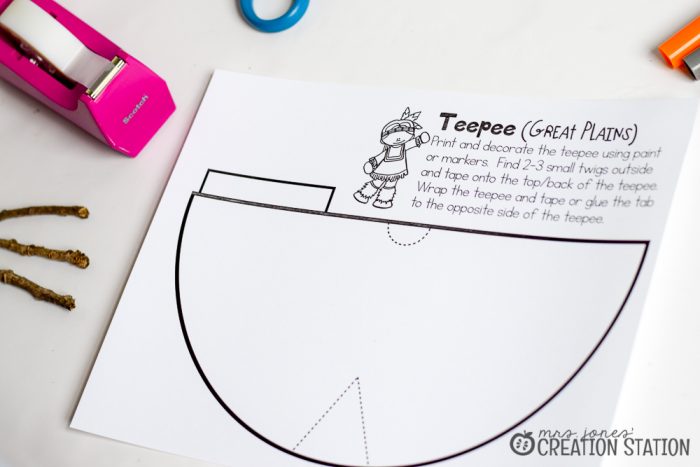

Adapting to Geographic Locations
The learners will identify how the human characteristics of place such as ways of earning a living, shelter, clothing, food, and activities are based upon geographic location.
This is the main standard I focus on during the unit…adapting to geographic locations. Why did they build teepees instead of a more permanent structure? Why were totem poles important to the Northwest tribes? How did the Native Americans learn to find clothing, shelter, and food? Why didn’t the Woodland tribes make homes from clay? These are all answered during our unit. And the learners have a full understanding of how each tribe adapted to its weather, climate, and resources.


Similarities and Differences
The learners will understand similarities and differences among people.
Oh, how different and how similar people all! All of the tribes found clothing, food, shelter and used their resources in amazing ways. Yet many Native Americans were on their own. We all of the same needs, desires, and problems no matter where we are from. And your learners can see that from this unit.
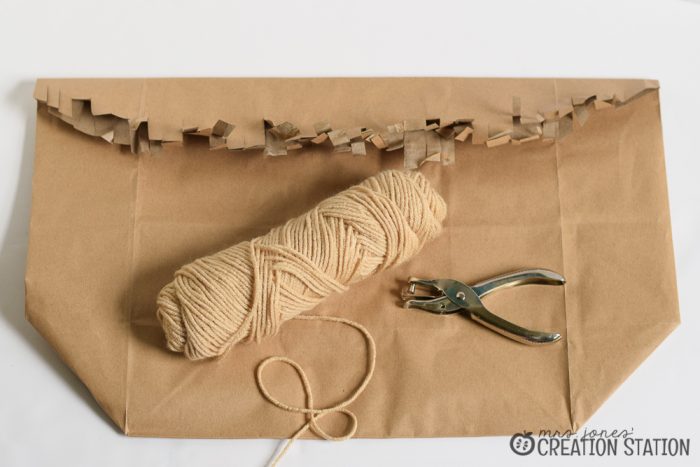

Family Customs and Traditions
The learners will understand the importance of family customs and traditions.
This skill is used in our family and holiday units. But it is a great standard to touch on when studying Native Americans, too. There are a variety of customs and traditions that are found in a variety of Native American Indian tribes.
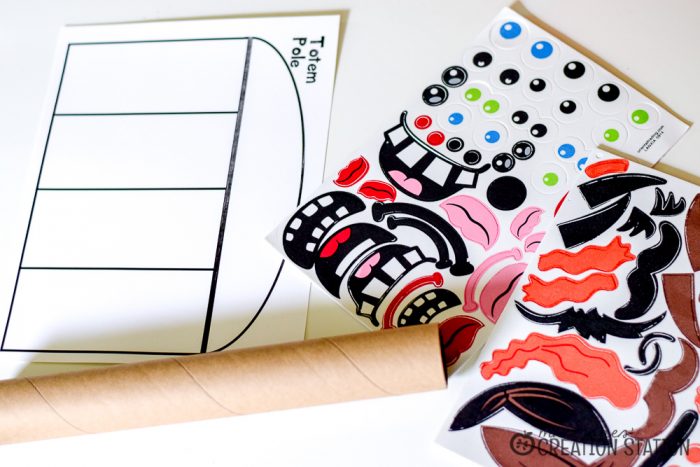

Are you considering teaching a unit on Native American Indians to your learners? Check out the resources available in my Native American pack to help your unit be successful!
